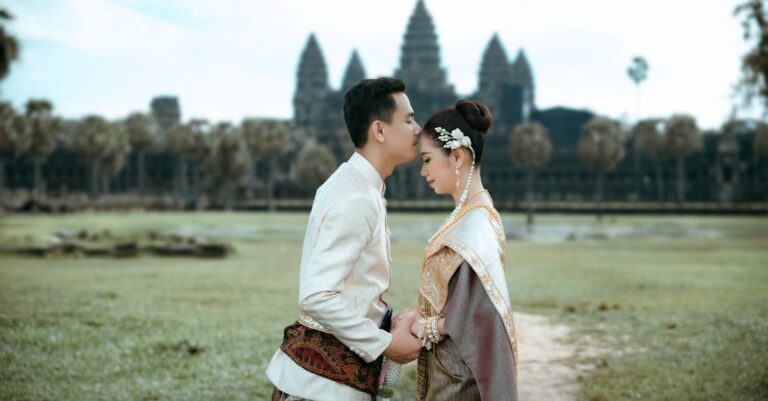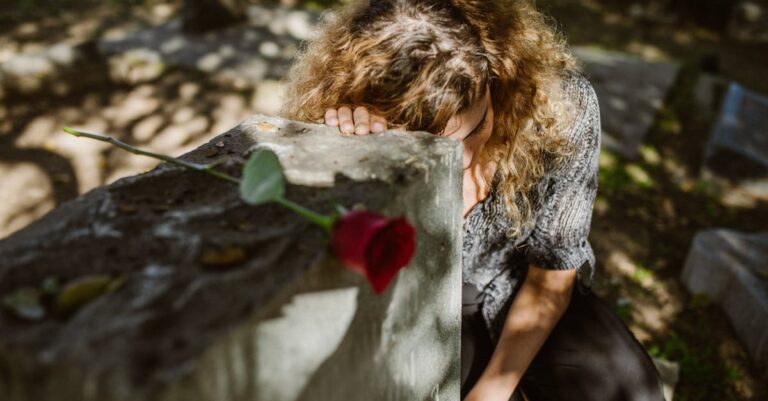
## The Bloomkeepers
The dust tasted like regret. Amelia spat, a gritty film coating her tongue. Around her, the sprawling expanse of what used to be Kansas shimmered under a merciless sun. Cracked earth stretched toward a bleached horizon, fractured like an old photograph. This wasn’t farmland anymore. It was a graveyard of ambition.
She adjusted her bandana, the fabric stiff with dried sweat. Her gaze drifted to the humming enclosure a few yards away – Bloom Unit 7, or “Seven” as her team called it. Inside, rows of hydroponic towers pulsed with an internal green light. Not just any greens; algae meticulously engineered to absorb atmospheric carbon and excrete a nutrient-rich slurry. The slurry, pumped through underground pipes, revitalized the depleted soil—one small patch at a time.
“Yield looking good?” Silas asked, his voice rough, seasoned by years of sun and worry. He leaned against a rusting fence post, wiping his forehead with the back of his hand.
“Better than six,” Amelia answered, her eyes fixed on a sensor display flashing data. “Carbon capture at ninety-seven percent. Slurry composition… almost perfect.”
Silas grunted, a sound that conveyed approval and exhaustion. He was old school, a farmer through and through before the Dust Bowl truly claimed everything. Now, he learned the language of algorithms and microbial ecosystems alongside her.
“Refugee contingent arrives tomorrow,” he reminded, his gaze sweeping the barren landscape. “Five hundred souls.”
Amelia’s stomach tightened. Five hundred mouths to feed, five hundred lives depending on this fragile network of bio-engineered solutions.
“We’ll be ready,” she said, her voice firm despite the tremor of fear vibrating beneath it.
The arrival was chaotic. A convoy of battered vehicles coughed and sputtered to a halt, disgorging families blinking against the harsh glare. Faces etched with weariness and desperation stared at her, searching for a flicker of hope she wasn’t sure she could provide.
A young woman, her face streaked with dirt and exhaustion, approached Amelia tentatively. She clutched a small child to her chest.
“Is… is this it?” she asked, her voice hoarse.
Amelia nodded, trying to project an air of calm assurance. “This is Bloom Haven. We’ll get you settled.”
The initial days were tense. The refugees, displaced from communities swallowed by rising tides and scorching wildfires, eyed her with suspicion. Old grudges flared, resentment simmered beneath the surface.
“They don’t trust us,” Jasper muttered, watching a group of men argue over the distribution of water rations. He was a young technician, barely out of college, his idealism already showing cracks under the weight of responsibility.
“Trust is earned,” Amelia said, her voice even. “We provide food. We improve the land. Let’s focus on that.”
She oversaw every aspect of Bloom Haven, from the algae farms to the soil regeneration projects. She studied the data streams relentlessly, tweaking algorithms, recalibrating nutrient profiles. Sleep was a luxury she could barely afford.
One evening, she found Silas sitting on the steps of the main processing unit, staring at a sunset that bled across the horizon like spilled paint.
“Remember when we used to watch sunsets over wheat fields?” he asked, his voice laced with a profound sadness.
“Things change,” she replied softly.
He didn’t respond, just continued to watch the sky. Then, he pointed to a small patch of green sprouting from the recently revitalized soil.
“Look at that,” he said, a hint of wonder in his voice. “Something’s blooming.”
That bloom became a symbol for them all – a tangible representation of their efforts, a beacon of hope amidst the devastation. It wasn’t just about surviving; it was about rebuilding, about creating a new way of living.
The interactive biodiversity projections became more than just data points on a screen. They were guiding principles, shaping the ecosystem they were fostering. Amelia and her team noticed an increase in pollinator activity – bees, butterflies, even a few hummingbirds returning to the area. Jasper excitedly documented a previously unseen species of desert lizard thriving in the newly established microclimate around Bloom Unit 2.
“The algorithms are adapting,” Jasper exclaimed, showing Amelia a graph displaying the fluctuating biodiversity index. “It’s creating self-sustaining ecosystems.”
But progress wasn’t without its challenges. A rogue element within the refugee population, led by a charismatic but disillusioned former engineer named Rhys, began questioning their methods. He accused them of tampering with nature, creating a sterile imitation of life. Rhys’s movement grew faster and stronger as fear from the unknown spread amongst refugees
“You’re playing God, Amelia,” Rhys confronted her one evening, his voice dripping with scorn. “This isn’t farming; it’s a laboratory.”
“We’re restoring balance,” Amelia countered, her voice steady. “We’re giving people a chance to live.”
“At what cost?” Rhys retorted, gesturing toward the sprawling network of bio-engineered structures dominating the landscape.
The tension escalated. Rhys and his followers sabotaged Bloom Unit 5, disrupting the nutrient delivery system and threatening the fragile ecosystem they had painstakingly created.
Amelia knew she couldn’t ignore it any longer. Confrontation was coming, and Bloom Haven hung in the balance.
She gathered her team—Silas, Jasper, a handful of loyal refugees who believed in their vision.
“Rhys wants to dismantle everything we’ve built,” she said, her voice echoing through the processing unit. “We can’t let him.”
Silas stepped forward, his weathered face grim. “He’s blinded by anger.”
“We need to show them the data, the projections,” Jasper suggested. “Prove that we’ve made a difference.”
Amelia nodded. “We need to remind them why we’re doing this.”
She organized a public forum, projecting the biodiversity simulations across the landscape. She presented the carbon capture rates, the soil regeneration metrics, the interactive models showcasing the flourishing ecosystem they were creating.
Rhys stood defiant, his voice booming across the crowd. “This isn’t life! It’s a manufactured illusion!”
But then, a young girl stepped forward. She pointed to the patch of wildflowers blooming near Bloom Unit 7 – flowers that hadn’t been seen in this region for decades.
“Look,” she said, her voice clear and unwavering. “Something is growing here.”
The crowd murmured in agreement. They saw it too—the tangible proof of their efforts, the resurgence of life amidst the devastation.
Rhys’s resolve crumbled as more people started to turn towards Bloom Haven and support the effort.
The blockchain verified microbial transport system, initially designed for optimizing nutrient delivery, proved invaluable in tracking and verifying the origin of the engineered microorganisms. This transparency fostered trust and accountability within the community, further solidifying their collective commitment to the project.
The geoengineering remediation catalysts, administered via cloud-managed drone aquaculture—a daring experiment that had initially raised eyebrows—began to show remarkable results. The arid landscape began to retain moisture, creating microclimates conducive to the growth of native plant species.
Amelia and her team continued their work, adapting and refining their algorithms as the ecosystem evolved. The participatory renewable grid innovation, powered by a network of solar panels and wind turbines integrated into the landscape, provided sustainable energy for Bloom Haven and surrounding communities.
Years passed. The dust storms subsided. The barren landscape transformed into a vibrant oasis—a testament to human ingenuity and resilience. Bloom Haven became a model for climate adaptation, attracting visitors from across the globe eager to learn from their success.
Amelia stood on a hillside overlooking Bloom Haven, watching children play amidst the wildflowers. Silas walked beside her, his face etched with a quiet satisfaction.
“We did it,” he said softly.
Amelia smiled, the sun warm on her face. “We gave them a chance.”
The Bloomkeepers—as they had come to be known—had not only restored the land; they had nurtured hope, fostered community, and created a new way of living in a world forever changed. The future was not certain, but for the first time in a long time, it felt possible.


